

Call of Duty: Black Ops 3 hums with tension. I don’t mean suspense or action or drama—though there is a bit of that—but the tension of being pulled in two directions at once. It’s the tension of a series that keeps spending millions of dollars trying to be bigger and better, yet gives birth to a very recognizable version of itself every fall like a pumpkin spice latte phoenix. As usual, Black Ops 3 desperately wants to be a Hollywood blockbuster action movie, and finds that players, with their frustrating insistence on “making choices” and “having fun,” keep getting in the way.
Call of Duty is not made by rookie developers, though, so let’s establish a few givens: This is a gorgeous game. It features wild set-pieces, good actors, and guns that feel great. These are the things that make Call of Duty the giant that it is. Blops 3 has an ambitious single-player campaign that takes some wild chances which it mostly almost manages to land, and it’s easy to recommend as a loud, dumb action movie-ish experience. Someday, Call of Duty might be more than a brash no-brainer entertainer—but this is not that day.
The story follows a special forces soldier as he—or, in a first for Call of Duty campaigns, she—gets the ever-loving crap kicked out of them by an angry robot. The details are unimportant and sparse: there’s a new Cold War (with Russia?) going on and a mission in Ethiopia (??) went completely pear-shaped. Now there’s a robot beating you to death with your own arms. Is it a Russian robot? Is the robot angry because it misses Russia? The bad guys don’t get a lot of screentime, so I’m not sure.
Getting your limbs torn off by a homesick Russian robot isn’t the career-ender it was in the olden days, though, and soon the player is back in the field with a robo-body and a whole array of fancy new tricks. Wall-jumping and an enhanced combat HUD are part of it, but the fun stuff includes a swarm of nanobots, the ability to melt circuit boards, and a sonic pulse that makes people puke until they die. The augmentation powers add another tool to the toolbox, and they’re fun enough to use that I don’t care that they look, sound, and play just like Plasmids from BioShock.
These powers are chosen as part of a mission loadout, so you can plan ahead by picking a shotgun, a rocket launcher, and the ability to make people hallucinate attacking birds. Every once in a while, I’d sprint across a wall, punch my fist into a robot’s chest, tear out its heart, throw it at a fuel tank, and blow someone’s head off—all in about three seconds. Enemy movement isn’t dynamic enough to make aiming a real challenge, but there’s still something fun about improvisation that CoD consistently nails. Mixing movement with melee, shooting with augmentation powers, environmental hazards with grenades, and doing it all in a string invariably makes me feel like a badass.
Each Black Ops game has gotten more loosely scripted and started to back away from its most egregious errors—mainly, going mental if the player takes a step out of line. Though Blops 3 is built out of tightly controlled corridors, as always, I didn’t have any problems with failing a mission because I took a wrong turn. It mostly allows you to pace yourself, and it’s nice to have a minute to admire the scenery.
It's great scenery. Blops 3’s locations feel distinct, interesting, and lived-in. Weather events like monsoons and sandstorms are powerful and dangerous, even if they usually just amount to flashy backcloth. The weather effects are much less successful when they start to interact with the game, though—a terrible sequence in Singapore, walking slowly through high waves for no reason, comes to mind as a complete waste of time.
And Blops 3 isn’t completely immune to the series’ established bad habits. There are turret sequences that don’t care if you shoot anything as long as you watch the explosions. There are at least three of those slow-mo breach-and-clear sequences, each one more rote than the last. The worst part of the game is in the skies over Egypt, a fighter jet attack sequence screams at me to pull up, pull up, pull up for God’s sake. On a hunch, I took my hand off the mouse and watched the dogfight just successfully resolve itself. Why do they even bother with this bullshit?
The best acting in the game comes from a stunningly realistic, animated Christopher Meloni. Boy, that facial capture technology is really coming along, huh? The acting is decent across the board, but the script—it is not. The more a character has to say, the more I hate them. It’s no wonder, then, that the player’s wingman, Hendricks, is my least favorite character in the game. He’s a square-jawed stack of vanilla in a borrowed protagonist’s uniform, and he’s always saying things like “Spread out!” (I’m alone) and “Eliminate those tangoes, double-time” (what?) and “Let’s take it to ‘em!“ (please stop).
As a work of speculative fiction, Blops 3 gets points in my book for trying to say something. The last couple of missions in particular dive deep into a psychological thriller genre that Blops has never explored before: the inner workings of the human mind. Acid-tripping your way through the brain of a long-suffering veteran is a great way to see some serious shit. Enemies explode into a murder of crows, walking through a doorway makes time spin backward, and Symbolism with a capital S is everywhere.
This imaginary realm is where Blops 3 is most comfortable trying out its more scary ideas: Where is the line between individual freedom and communal safety? Is the cyborg future of transhumanism inevitable? Why do governments treat soldiers as disposable rags? What happens when we create artificial life—and, inevitably, what happens when that life decides it doesn’t need us?
This game looks those questions in the eye and isn’t afraid to think about maybe getting ready to say something semi-meaningful. And that’s the million-dollar problem, really. Raising the question isn’t the same as addressing it. Having a character say the word “symbiotic” isn’t the same as realizing augmented humans might not be human any more. Having a drunk philosophy student quote Benjamin Franklin’s line about liberty and safety doesn’t make a frat party a symposium on foreign relations.
Reviewed on: Windows 8, i5 4690k, 8GB RAM, GTX 970
Remappable controls: Yes
Custom FOV? Yes, 65-120
Variable framerate? Yes, up to 240 fps
Anti-aliasing: FXAA, SMAA, Filmic SMAA
While some of its launch problems have been solved, Blops 3 still suffers from optimization issues. On a high-end system, it can be gorgeous, but it's prone to stuttering and crashes on mid-range hardware. If you're worried your system isn't up to the task, it may be wise to wait for more updates. There are, at least, plenty of options for customization, including render resolution, texture and mesh quality, shadow map quality, and a motion blur toggle.
I hate sounding like a used car salesman, but the biggest thing to recommend Blops 3 is sheer value. This is a game with a ton of stuff built in. It seems specifically designed to keep players on the hook until November 2016, in fact, and not a moment longer.
The campaign lasted about seven hours on hardened difficulty, and the entire thing can be played solo or co-op with up to four players. Most of the missions will take about an hour to finish, which leads me to the single most baffling, infuriating thing about Blops 3: the save system doesn’t work in co-op games or on mission replays. This means that any co-op mission must be finished in a single sitting. If you feel like replaying mission six, you’d better hope that your spouse, kids, job, neighbors, dog, and door-to-door salesmen have all gotten the memo, because this train ain’t stopping.
When you’re not replaying missions from the beginning (and watching cutscenes, half of which are unskippable), the Call of Duty’s multiplayer mode is back. There are no mysteries here: if you like fast-paced CoD multiplayer, this is your annual update jam. Most of the guns from the campaign are available in multiplayer, and all feel beefy and powerful. It’s too bad that most of the other interesting abilities from the campaign aren’t around. The biggest problem, I think, is a dearth of ways to use Blops 3’s fun movement tools. Running along the wall and jetpacking over a building mixes up approach routes. This can really change things around on Blops 3’s mostly flat, mostly circular maps. Still, these opportunities are rare, and finding a place to jetpack to for an actual advantage is difficult. The best way to play is the same as it always has been: never stand still and aim for the head.
The big addition to multiplayer this year is a set of character classes, each with its own unique skill. The characters look a little different, but only in minor ways that get completely lost in the blur of battle. Compared to other character-based multiplayer shooters like Team Fortress 2, with iconic characters and highly specialized class skills, Blops 3 classes felt like an afterthought.
The zombie survival mode has been reworked into Left 4 Dead meets 1940s noir. I love the noir setting, and there’s some hilarious voice acting from Ron Perlman and Jeff Goldblum to lighten things up. A new power-up lets players turn into a multi-tentacled Cthulu-oid beast, capable of ripping zombies apart and stunning crowds with electricity. Though it looks impressive, I found the beast to be less effective than a standard shotgun. Aside from the 1940s setting and eldritch trappings, this is mechanically the same zombie mode we played in Blops 2.
Unfortunately, there are new optimization issues is Blops 3. At launch, the game was hogging RAM and tying up CPU cycles. Many players who bought in on day one couldn’t get the game running without turning settings way down. Thankfully, almost all of these issues were addressed with a patch late last Friday. On my i5 CPU and GTX 970 (8GB of RAM), I was able to run the game over the weekend at a solid 60 FPS. I noticed framerate dips at the highest quality settings, but nothing catastrophic. The highest settings were definitely taxing my GTX 970, though, so expect problems if you’re on less powerful hardware. There are still reports of bad graphics drivers and the game crashing to desktop, and a colleague experienced crashes and stuttering on an (admittedly dated) Radeon R7 260X, even with the render resolution turned down to 1536x864.
It’s a shame so many are having issues, so here’s hoping that more patches are incoming to take better advantage of mid-tier hardware. Blops 3 is a lot better than the last two CoDs—Ghosts and Advanced Warfare—but that doesn’t mean anything for those who can’t run it. There is some good news, though: if you wait long enough for these issues to be resolved (assuming they are), Treyarch has also promised mapping and modding tools. That’s a great surprise, but I can’t say yet how powerful they’ll be or how the community will make use of them.
Even though it misses most of its most ambitious gambles, I enjoyed my time with the Blops 3 campaign. There’s a lot to do and see in the multiplayer modes, even if I do find them exhausting and repetitive. Appreciating Blops 3 is like enjoying a great B-movie: it’s not the best story around and it certainly isn’t going to pack an emotional punch, but it’s loud, it’s flashy, and it makes me laugh and have a good time. It’s the game I reach for when I think, ‘Hey, I could really go for something dumb but fun right now.’
But even the most devoted Call of Duty hater might come around if we had an opportunity to miss these games a little bit. I could forgive some of the recurring CoD flaws if I didn’t see them recur every single year—good new ideas piled onto a stale framework that isn’t really allowed to change. I know that won’t happen, though, because CoD is defined by annualization, and iterating in bullet points: multiplayer character classes, jetpacks (again), magic techno-powers. And my protests aside, Activision knows the perfect amount of time between editions of Dumb and Loud is exactly twelve months.
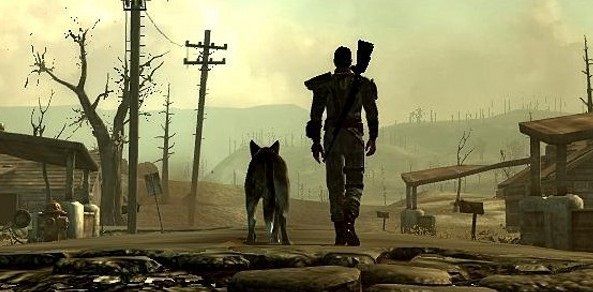
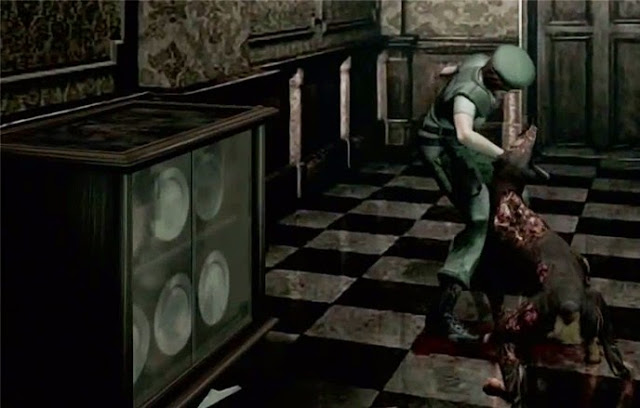
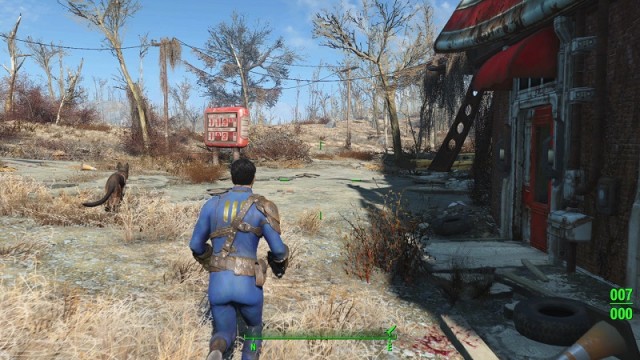

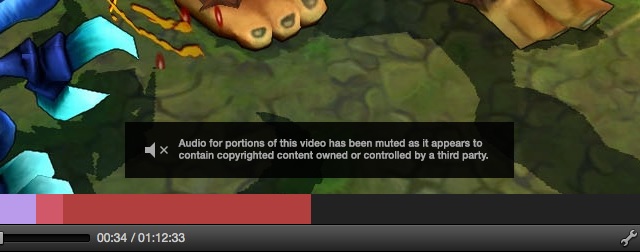 Is Hitbox The Twitch Alternative For You?
Is Hitbox The Twitch Alternative For You? Battle of Puzzles RPG: How to get More Coins, Friend Points, do more Damage, rare Upgrades and more, Tips and Tricks
Battle of Puzzles RPG: How to get More Coins, Friend Points, do more Damage, rare Upgrades and more, Tips and Tricks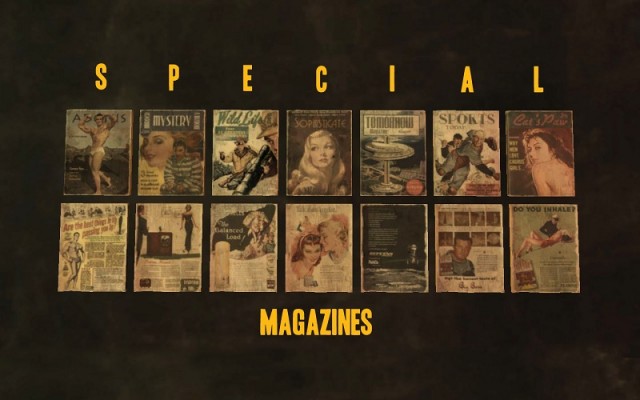 Where to Find Perk Magazine Locations in Fallout 4
Where to Find Perk Magazine Locations in Fallout 4 How to navigate Xbox One Dashboard using Kinect Gestures
How to navigate Xbox One Dashboard using Kinect Gestures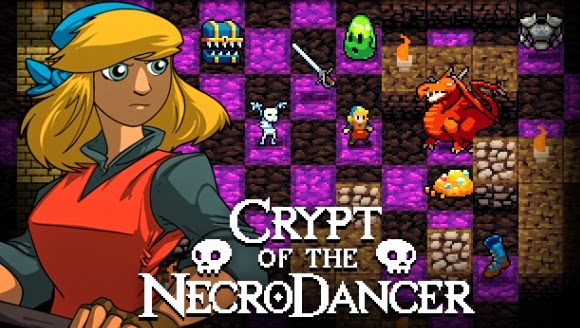 Crypt of the NecroDancer (PC) beginner’s guide
Crypt of the NecroDancer (PC) beginner’s guide